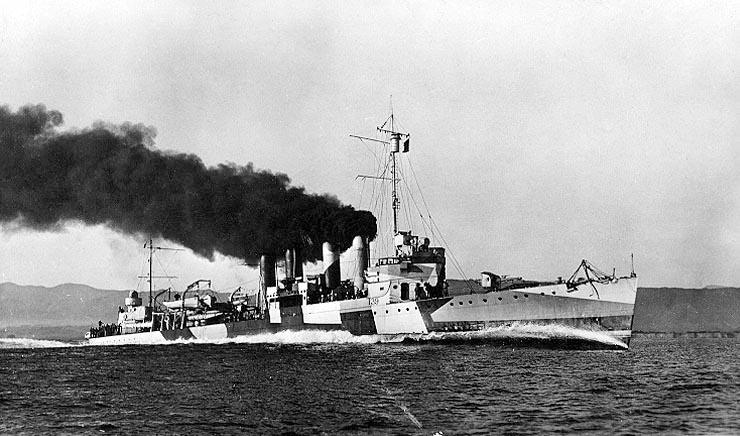Missing World War II ship found
Sinking in Ormoc Bay in the Philippines, the USS Ward bids a final farewell to its stint as a high-speed transport ship for the U.S. The Ward, which fired the shot that prompted America into World War II, was recently found in the waters of Ponson Island in the Philippines.
December 10, 2017
On December 7, 1941, the fate of World War II was altered by the addition of a new opponent to the Axis Powers. An American Navy destroyer titled the USS Ward fired the first shot at Pearl Harbor, sinking the first Japanese sub seen that day. The entire crew survived the infamous battle that went down as the brutal attack that spurred the U.S. into World War II. Ever since the Ward was bombarded and sunk by kamikazes in Ormoc Bay in the Philippines in 1944, it has been missing.
The discovery coincided with the anniversary of Pearl Harbor Day on Thursday. The Ward was found nearly seventy-three years after it disappeared by Microsoft co-founder Paul Allen and his expedition team near Ponson Island in the Philippines, not far from where it originally sank. It was uncovered using Allen’s two hundred-fifty foot research and exploration craft, the Petrel, which features incredibly advanced underwater technology and equipment. The Petrel has the ability to explore over 3.5 miles beneath the ocean’s surface. The team confirmed the identity of the USS Ward using historic drawings of the ship. Allen and his crew captured a series of photos of the destroyer which were released this week. The Petrel was also able to take video of five Japanese ships that had sunk during a battle in 1944. In making these discoveries, Paul Allen, alongside his team, has made his mark on history.












